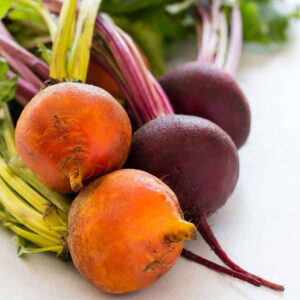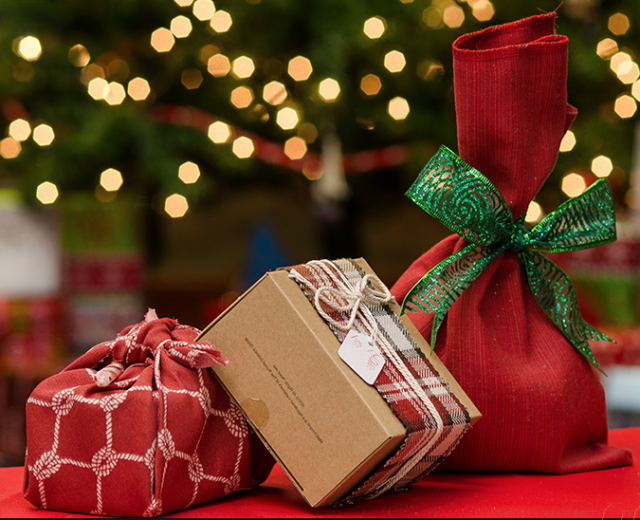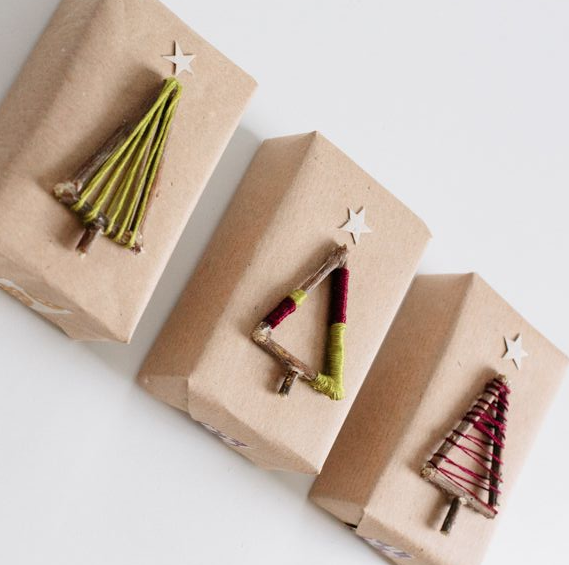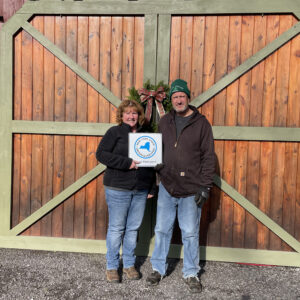International Joint Commission (IJC) Seeking Comments on Phase I Review of Water Levels Plan
The Great Lakes Adaptive Management (GLAM) Committee has completed its Phase I review of Plan 2014, the plan for regulating Lake Ontario outflows. The Plan went into effect in 2017 and was preceded by extremely wet conditions, causing significant flooding impacts to both US and Canadian communities. In response to public concerns, the IJC asked the GLAM Committee to launch an expedited review.
There are two review phases, the first phase focused on providing information to the IJC’s International Lake Ontario-St. Lawrence River Board (ILOSLRB) during this ongoing period of near-record high inflows from Lake Erie. It analyzed the impact of high water levels on shoreline homes, marinas, commercial shippers and more. Early results in 2020 helped the ILOSLRB set Lake Ontario outflows more effectively in the spring of that year. The full review of Phase I is now complete and available for public comment.
Comments can be submitted on the IJC’s website until April 14, visit www.GLAM-Engage.ijc.org
The second phase will address extreme high and low water levels over the longer term. In this phase the GLAM Committee will advise the ILOSLRB on whether adjustments to the plan might make sense, not just for the current conditions, but overall. That review is expected to be completed by late 2024.
Any changes to Plan 2014 would need to be approved by the IJC and agreed to by the Governments of Canada and the United States.






